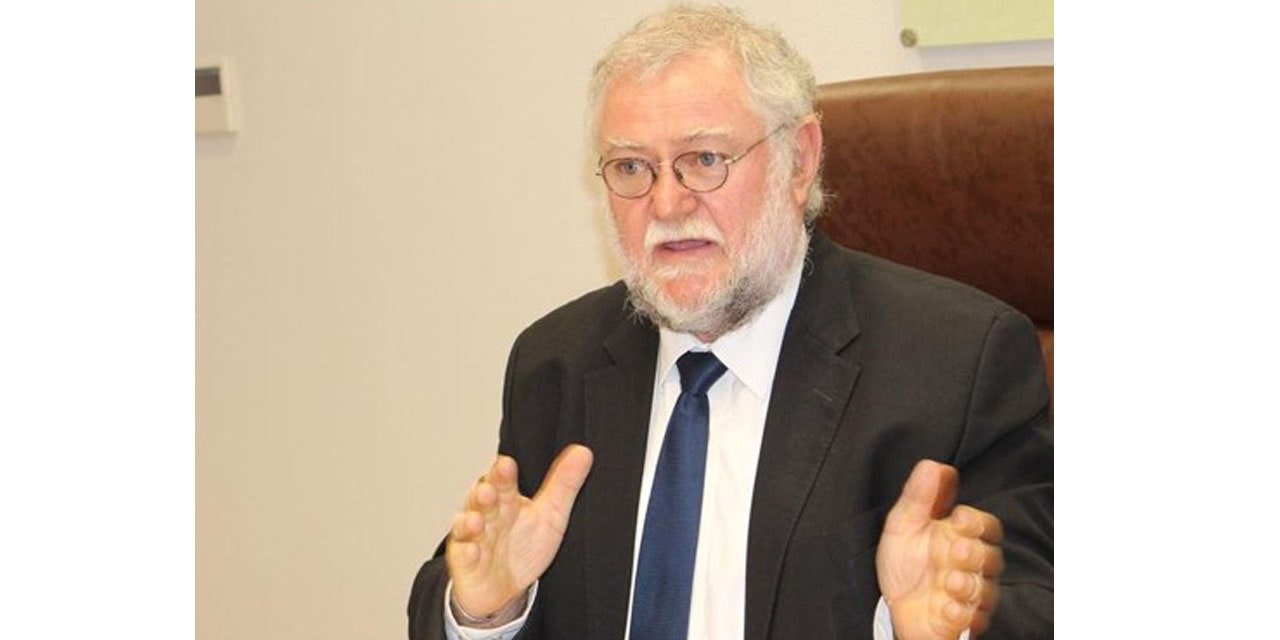Niël Terblanché
Dina Namubes, the Mayor of Swakopmund has indicated that the cumbersome nature of Namibia’s Procurement Act has delayed the delivery of affordable housing to residents of the coastal town.
Almost two years after the last of the first two phases of the Build Together Group Project was completed, the third Phase of the Build Together Group Project was launched by Namubes during a groundbreaking ceremony on Friday.
During the ceremony, the Swakompund Municipality handed over 80 erven to beneficiaries to start the construction of their own homes. Phase 1, which consisted of 30 houses, commenced in May 2020 and was completed in April 2021. The second phase commenced in February 2021 and was completed in December 2021 and saw the construction of 40 houses.
The town council originally approved the construction of 150 houses in areas where people were living in shacks and Phase 3 will see the conclusion of the project once all the beneficiaries finish building their homes.
During the groundbreaking ceremony, Namubes said that the municipality has positioned itself towards the social progression of the Namibian people as part of the country’s development goals.
“Quality service delivery remains a critical element on the agenda of the Swakopmund Council, as we strive to meet the needs of our community, especially; the most sought-after commodity, which is, housing,” she said.
The Mayor indicated that the council had to subsidise the first 70 houses because of their costly nature.
“The construction of these houses was costly and the Town Council had to subsidize the first batch of these houses.
Council experienced a delay in the construction of the remaining 80 houses for Build Together beneficiaries due to the cumbersome Procurement Act requirements and due to the high construction cost as quoted by the contractors. The quotations received were beyond the estimated budget,” she said.
Namubes said that the Town Council had to obtain Ministerial approval to exempt the Build Together Programme.
After obtaining the approval the council approached the Shack Dwellers Federation of Namibia for quotes.
“The quotes we received, were once again beyond the maximum cost of N$80 000 set by the Ministry of Urban and Rural Development and therefore unaffordable. SDF quoted N$78 000 and N$103 000 for the container type and the L-Shape type respectively. The quotes were not entirely completed because some aspects, such as electrical connections were not included in the costs,” the mayor said.
According to Namubes the council then approached the Namibian Institute of Mining and Technology (NIMT) to assist in constructing houses for the 80 beneficiaries.
“The quotes that we received were N$64 000 per house. This cost was only for materials on the container-type house; it did not include internal and external electrical systems, as well as the water and sewer systems.
The mayor said that NIMT indicated later that it would not be able to commit to aiding the council on the project due to the material cost of the container-style house.
According to Namubes, the beneficiaries during a meeting decided that the loans for the houses be paid to them to appoint their own contractors and it was resolved that beneficiaries must submit the profiles of each contractor to be vetted by the municipality’s Engineering and Planning Services for eligibility prior to constructing the houses and that the loan amount of both L-Shape and Container type of houses be N$80 000.
“The beneficiaries agreed to accept the loans and take control of the construction process. These loans will be issued in 4 payments,” she said.
She said that the erven will soon accommodate beautiful houses that were the dream of all the beneficiaries.
“The process was lengthy, and we were all getting impatient, but it was indeed worth the effort,” she said.
Namubes added that access to residential land and housing remains the most significant barrier to homeownership not only in Swakopmund but throughout Namibia.
“Although Council has made significant progress in terms of addressing the housing challenge and land provision, many residents remain unable to keep up with the inflated standard of living in urban areas and find themselves in dilapidated informal shelters on the periphery of towns,” she said.
The Mayor said that it is crucial that the council use the opportunity to ensure that the needs of many residents to acquire affordable housing in Swakopmund are adequately met to cater for the bulk of residents falling under the low to middle-income groups.
“I am indeed proud of the progress at which Council is moving in terms of the delivery of housing. Especially if we have to look back at the successful year that we had thus far,” she said.
Namubes expressed her gratitude for the continuous cooperation that was established to deliver quality service and meet the housing needs of people.
“Council recognizes the importance of public-private partnerships and the crucial role it plays in the development of Swakopmund. I believe that with the common goal that we share in responding to the housing needs of our residents, we will reach greater heights,” she said.
The Mayor congratulated the beneficiaries on the prospect of the new homes.
“Please continue to follow and apply the correct procedures when constructing your homes in order to ensure that it remains in good condition for years to come. May your homes be filled with love and peace,” she said.




